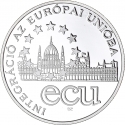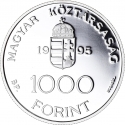You are about to finish your registration. Please check your mailbox (including spam folder). There should be a letter with a confirmation link. Check setting to make sure that your e-mail address is correct.
Send letter againDescription
The Hungarian integration into the European Union or the European community is a significant step towards political, economic, and cultural cohesion for the country. Before Hungary's accession to the EU, European integration was determined as a long-term goal, and accordingly, the country is committed to supporting European values and norms.
Since 2003, the Hungarian government has entertained plans to transition from the Hungarian forint to the euro. However, no target date has been set, and the forint remains outside the European Exchange Rate Mechanism (ERM II).
Engraver: György Bognár
Obverse

|
Depicts a detail of the Millennium Monument located in Heroes' Square, Budapest. At the bottom, above the line that closes off the square, the engraver's surname is positioned to the right, and below the line, in the center, the inscription "EURO" is visible. The edge is adorned with a string of pearls, and text can be read in a semicircle at the top. In the center, the Euro currency symbol, surrounded by twelve stars, is placed. INTEGRÁCIÓ AZ EURÓPAI UNIÓBA |
|---|---|
Reverse

|
Depicts the coat of arms of the Republic of Hungary, encircled by the country name above and the denomination below. The issuance year is divided and visible on both the left and right sides of the coat of arms. Along the edges of the coin, the mintmark is positioned on the left side, while the designer's surname is placed on the right side. MAGYAR KÖZTÁRSASÁG |
| Edge |
2000 Forint
Third Republic
Integration into the European Union
Millennium Monument and the Heroes' Square
Subscribe series
KM# 733 Schön# 238 Adamo# EM157
Integration into the European Union
Millennium Monument and the Heroes' Square
Related coins
Integration into the European Union
Integration into the European Union
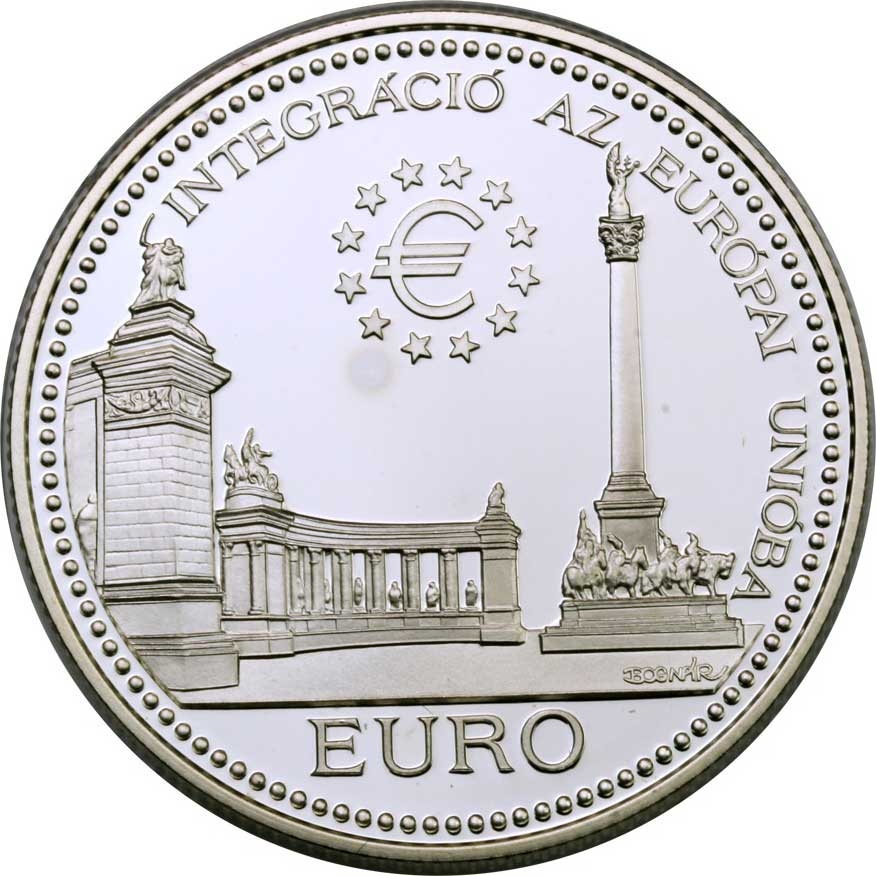
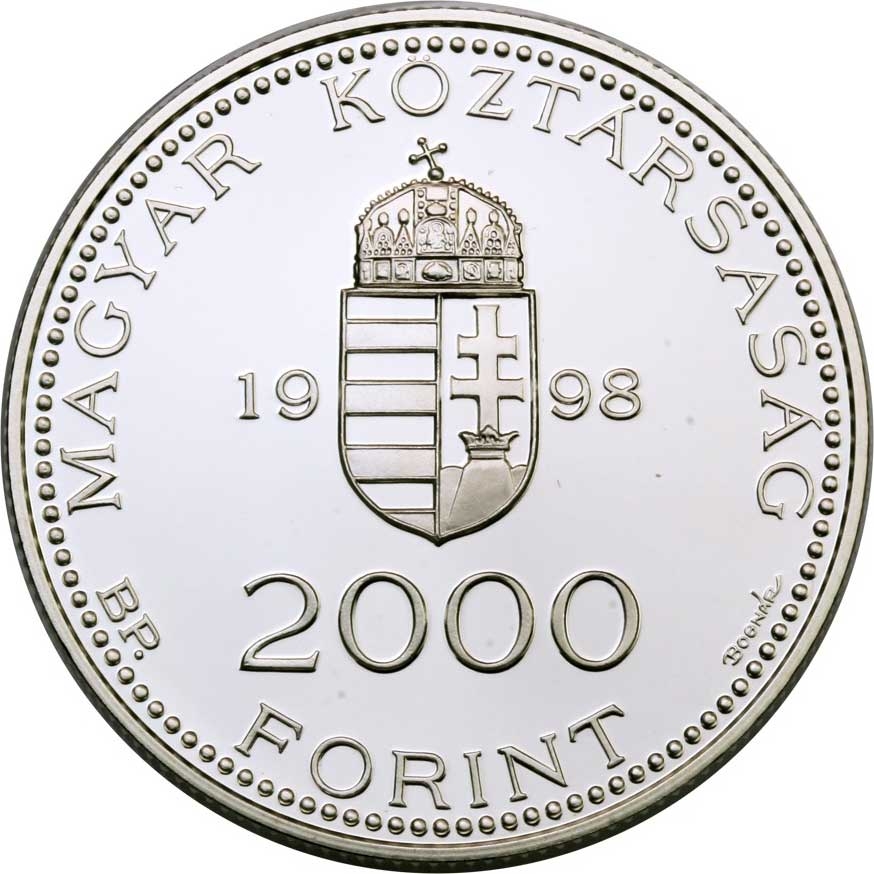
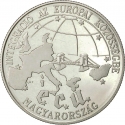
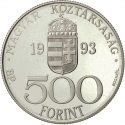
_II._1994_30.03.2024_19.59-125.jpg)
_II._1994_30.03.2024_19.59_01-125.jpg)
